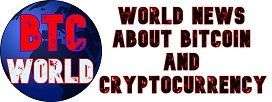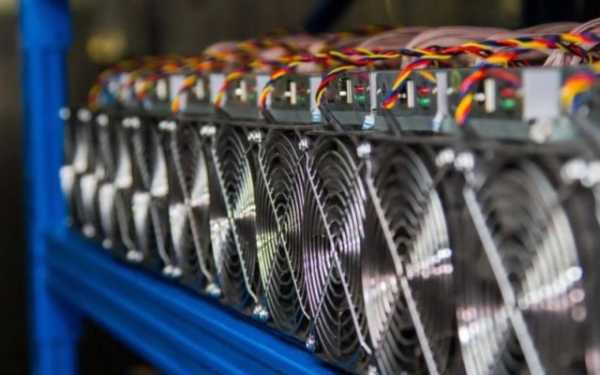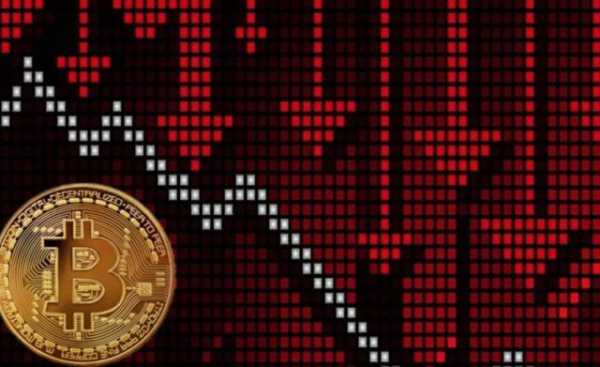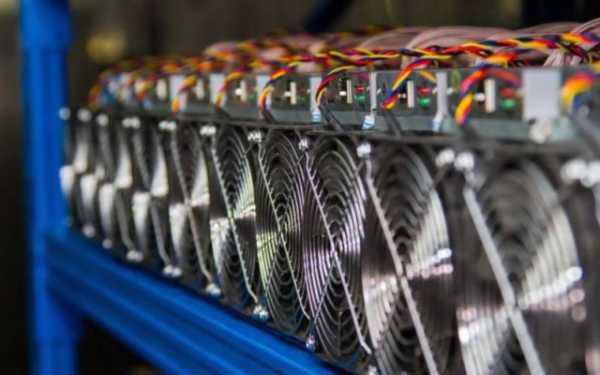Do Non-Dollar Stablecoins Have Prospects?

The total capitalization of stablecoins has exceeded $240 billion for the first time in the history of the crypto market. Tokens whose rate is tied to the US dollar continue to dominate this niche, but market participants see the possibility of increased competition from assets other than the US currency, writes RBC Crypto.
More than $210 billion in capitalization, or almost 90% of the market, is accounted for by two stablecoins: USDT from Tether (almost $149 billion) and USDC from Circle (more than $62 billion). But even the former head of Tether, Reeve Collins, points out that the dominance of dollar stablecoins may be disrupted in certain circumstances.
Stablecoins are cryptocurrency tokens whose price is tied to an asset, such as the dollar, euro, or an ounce of gold. Companies use securities, national currencies, or other traditional or crypto assets to tie the price to the underlying asset.
The largest capitalization among non-dollar tokens is Tether's gold-backed XAUT or Circle's EURC, which is tied to the euro. Collins adds that with further development of tokenization, new “stable” tokens with a rate tied to other assets or currencies may partially undermine the position of dollar ones.
Collins singled out the role of the initiative to launch the dollar stablecoin USD1 by World Liberty Financial, a company supported by the sons of US President Donald Trump. The WLF team announced the launch and plans for the initial release of the token on the Ethereum and BNB Chain blockchains from the Binance exchange in March, with plans to expand in the future.
The documents on the World Liberty Financial website list Donald Trump as the “chief advocate of cryptocurrency.” His sons Eric and Donald Trump Jr. are “web3 ambassadors,” and Barron is a “DeFi visionary.” The documents also state that no member of the Trump family, other affiliates, or employees of the organizations are officers, directors, founders, employees, or operators of World Liberty Financial.
Finally, European regulators are openly talking about the danger of the spread of dollar stablecoins and their introduction into the US legal field as a global threat. For example, Italian Economy Minister Giancarlo Giorgetti said that the new US policy on stablecoins poses a greater threat to Europe than trade duties, while the ECB called it a threat to weaken European control over financial flows.
Dollar export
Tether CEO Paolo Ardoino told CNBC that the company sees its role as a way to maintain the dollar's global presence in places where the US has little institutional representation.
He said African and Latin American countries have little of the U.S. infrastructure, “except maybe McDonald's,” while other powers, particularly China, are pushing hard for alternative currencies.
“We are simply exporting what we believe to be the best product the United States has ever created: the dollar,” Ardoino said.
USDT is Tether's flagship product. The USDT token is pegged to the dollar by a reserve consisting mainly of cash and cash equivalents, such as US Treasuries. After Trump won the US presidential election in late 2024, Tether has stopped being accused of not even having reserves to peg the USDT to the dollar. Although the company had been heavily criticized for years before that, including for using USDT for criminal purposes.
Ardoino emphasized that Tether is in demand in countries with high inflation and weak banking systems. Against this background, in his opinion, the USDT stablecoin could become a tool for strengthening the dollar's dominance, especially when blocs like BRICS are “trying to displace the dollar.”
Other currencies
The list of stablecoins based on other national currencies is already expanding. There are assets based on the euro, yuan, Brazilian real, Turkish lira and other currencies. The same Circle (the issuer of USDC) received approval from the Abu Dhabi regulator to launch a local version of a stablecoin, targeting the Middle East. The UAE also announced a dirham-pegged stablecoin under the regulation of the Central Bank.
Russia is no exception in the search for options to launch a stablecoin tied to the ruble exchange rate. At the recent Blockchain Forum 2025 crypto conference in Moscow, the panel session “Cryptocurrency Geopolitics: How Russia and the World Shape the Trend in Digital Assets” discussed, among other things, the possibility of launching a ruble token.
There, the head of the Expert Center for Digital Financial Assets and Digital Currencies of the Association of Russian Banks, Olga Goncharova, expressed the opinion that it is necessary to look for “ways to replace USDT imports.”
“We really need to look for ways to import-substitute [the stablecoin] USDT. It's a very good slogan, we need to take note of it. <…> But let's find them in a balanced and realistic way,” Goncharova said from the stage.
The Ministry of Finance openly states that it allows for the possibility of using stablecoins within the framework of the experimental legal regime (ELR), which was stated at the same panel session of the Blockchain Forum 2025 by the deputy director of the department of financial policy of the department Osman Kabaloev.
However, launching a particular stablecoin that is needed on the market is not such a trivial task.
The main problem
For many years, dollar-backed stablecoins have been the main source of liquidity on all types of crypto exchanges, as well as on crypto lending markets. Mikhail Egorov, founder of Curve Finance, one of the leaders in the decentralized finance market, believes that the lack of liquidity is the main problem for the development of the non-dollar token market.
“This is not just a matter of preference, it’s a more fundamental question that is economic in nature,” he told Coindesk, adding that market participants simply don’t see an economic incentive to use stablecoins that aren’t pegged to the dollar.
Curve Finance is one of the largest decentralized trading platforms on the market for exchanging stablecoins and other cryptocurrencies whose prices usually differ little from each other. The volume of user deposits on it exceeds $2 billion.
Despite active discussions about the prospects of stablecoins in the field of retail payments, cross-border transfers or international trade, their main application is still related to the circulation within the crypto market. Other use cases remain niche for now, primarily due to limited infrastructure and the lack of sustainable demand outside the crypto ecosystem.
“Regulation cannot solve the more fundamental problem of liquidity. Without it, no regulatory framework can make stablecoins viable enough for widespread use,” Egorov said. If economic incentives are in place, the adoption of non-dollar stablecoins will follow naturally, he believes.
Источник: cryptocurrency.tech



